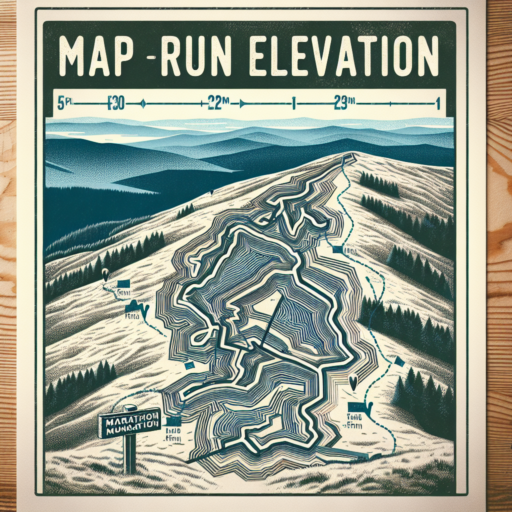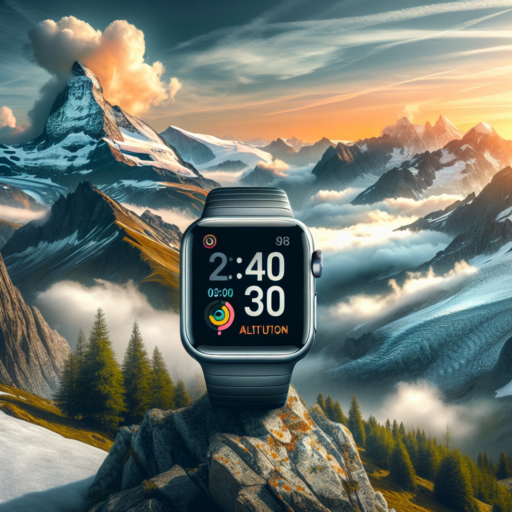What is the elevation gain and loss of the New York marathon?
The elevation gain and loss of the New York Marathon presents a challenging aspect for runners, emblematic of the race’s reputation for toughness and resilience. Sprawling across the five boroughs of New York City, the marathon offers a mix of flat terrain and notable inclines that test the endurance and strength of participants.
At the core of the marathon’s elevation profile are several significant bridges, including the Verrazzano-Narrows Bridge at the start, which is also the highest point of the race. This bridge alone introduces an early test of uphill endurance followed by a swift downhill, setting the tone for the elevation dynamics runners can expect. Although the exact elevation gain and loss figures fluctuate slightly year-to-year due to minor course adjustments, the total elevation gain for the New York Marathon is generally understood to be just over 1,000 feet.
Aside from the bridges, the course weaves through varying neighborhoods that each contribute their unique challenges in terms of elevation. Notably, runners face gentle but prolonged inclines in areas such as the approach to the Queensboro Bridge and in Central Park during the final miles of the race. These sections underscore the importance of strategy and pacing, as the cumulative effect of the marathon’s elevation gain and loss begins to take its toll.
What is elevation in marathon?
Understanding the concept of elevation in a marathon is crucial for both novice and experienced runners. Elevation in this context refers to the changes in altitude that occur throughout the course of a marathon. These changes can have a significant impact on a runner’s performance, energy levels, and overall race strategy.
Marathons are not flat; they feature a variety of elevations, from steep inclines to gradual descents. The elevation profile of a marathon can greatly influence a runner’s pacing. For instance, uphill segments require more energy and can slow a runner down, whereas downhill segments can provide an opportunity to make up time. Therefore, understanding the specific elevation changes of a marathon course is essential for effective race planning and execution.
Runners often train for specific marathon elevations by incorporating hill workouts into their training regimen. This prepares them physically and mentally for the challenges of varying elevations. Additionally, knowledge of the elevation profile helps in strategy development, including when to conserve energy and when to push harder.
How hot was the NYC Marathon?
The NYC Marathon is renowned not just for its vibrant atmosphere and diverse participant pool, but also for the challenging weather conditions that often accompany this iconic event. Over the years, temperatures during the marathon have varied significantly, making each race a unique challenge for runners. The variability in the weather, particularly the heat, has become a key aspect of the marathon’s identity.
Typically, the marathon is held on the first Sunday in November, a time when weather conditions can be quite unpredictable in New York City. Some years have seen unexpectedly warm temperatures, making the marathon an even more grueling endeavor for participants. The fluctuation in heat levels has necessitated adjustments in training schedules, with runners preparing for the possibility of high temperatures even late in the fall season. In these warmer years, organizers have taken additional measures to ensure runner safety, including increased water stations and cooling zones along the route.
Despite the potential for warm weather, the marathon continues to attract tens of thousands of participants each year, from elite athletes to amateur runners. The allure of conquering the challenging course—and potentially sweltering conditions—adds an element of excitement and achievement to completing the NYC Marathon. Whether the event is marked by cool autumn breezes or unseasonably warm temperatures, the diverse weather patterns only add to the marathon’s prestige and allure, making it a bucket-list race for many in the running community.
What is the hottest NYC Marathon ever recorded?
The topic of the hottest New York City Marathon brings to mind not just the physical endurance required to complete the renowned 26.2-mile race, but also the weather conditions that can significantly affect the runners’ experience. When we delve into the history of the NYC Marathon, which annually threads through the diverse neighborhoods of New York’s five boroughs, there’s one particular year that stands out for its sweltering conditions.
In 2007, the NYC Marathon experienced what is widely considered to be the hottest weather in its history. Temperatures soared to an unseasonably high 89 degrees Fahrenheit (31.7 degrees Celsius), challenging runners and organizers alike. This extreme weather posed not just a physical challenge to the participants, but also necessitated additional safety measures and hydration strategies to contend with the heat.
Responding to the unprecedented conditions, marathon organizers and city officials implemented several strategies to ensure the safety of the runners. Enhanced hydration stations, misting fans, and increased medical staff were among the critical adjustments made. The 2007 marathon became an example of how extreme weather can impact large-scale outdoor athletic events, and how preparation and adaptability are essential in ensuring participants’ safety.







